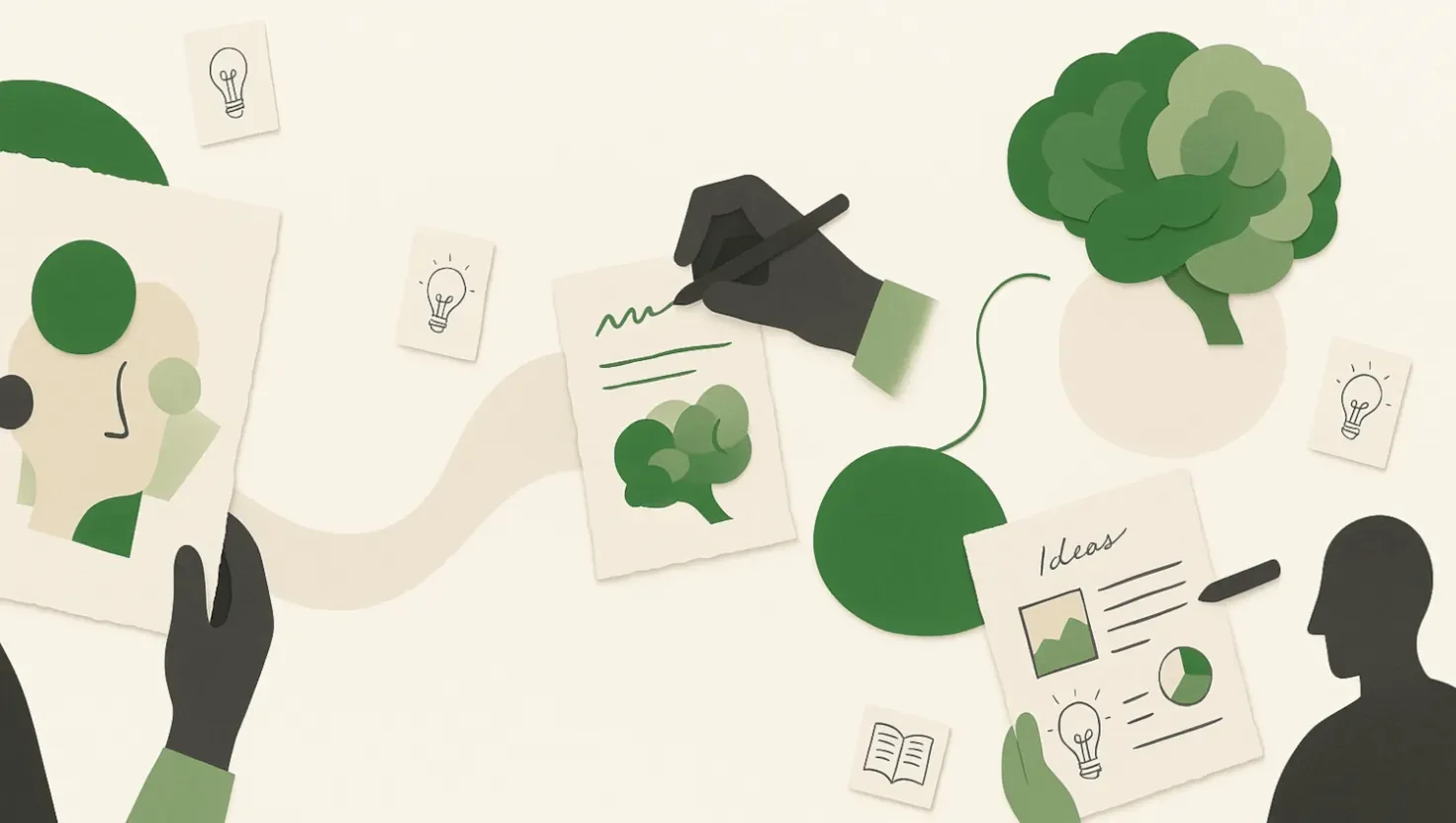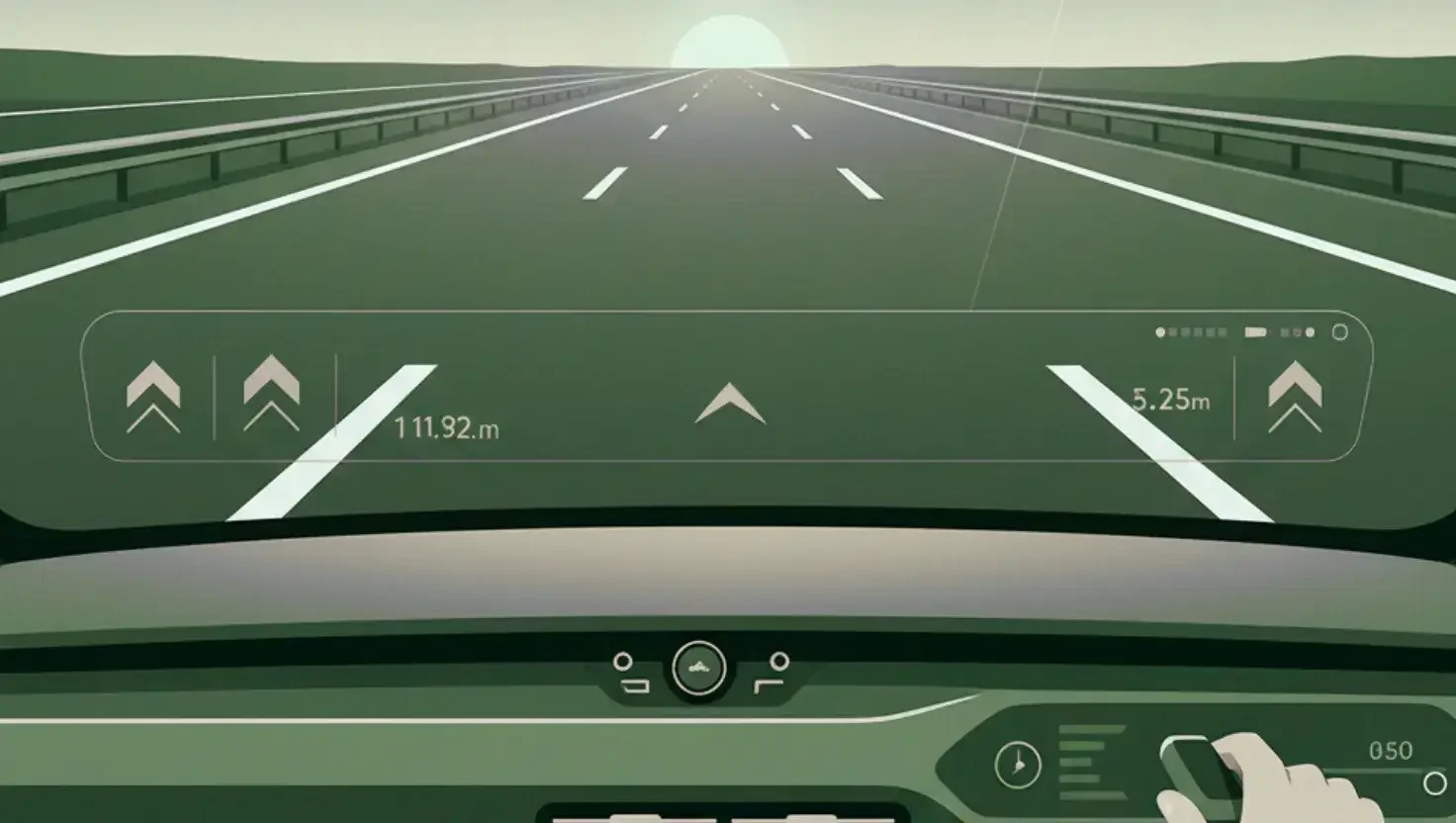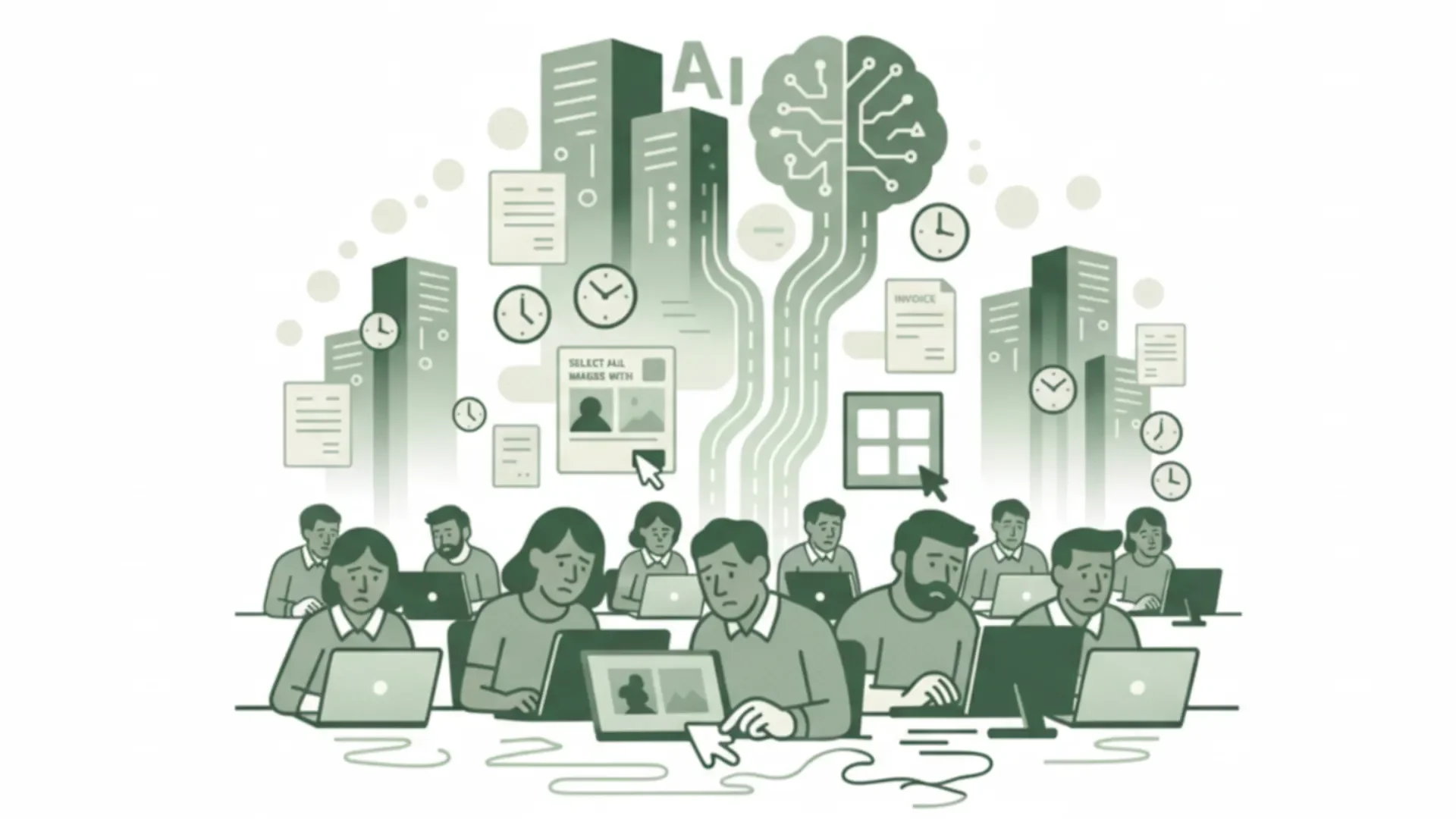
When we asked 11 AIs to describe 2025 in one word, only one talked about the real world
I asked 11 leading AI models to summarise 2025 in one word. While most chose self-referential terms like 'integration' and 'calibration', they often ignored the turbulence UK SMEs actually faced. Discover why 2026 marks the end of the 'Age of Wonder' and a shift toward pragmatic, human-led action.

AI Licensing, Skills, and Readiness: Why UK SMEs Are Caught in the Gap

How can UK creative SMEs use AI without losing their craft?
UK creative SMEs can use AI to automate administrative friction like research, scheduling, and drafting without handing over creative judgment. By using tools like Perplexity for market scans and Claude for drafting, teams can reclaim capacity while maintaining GDPR compliance and human oversight. Here are five practical workflows.

Europe's AI Act Was the Guardrail. Apply AI Is the Gas Pedal.
The EU just published its Apply AI Strategy, mobilising €1 billion to move from AI regulation to AI deployment. For UK and European creative businesses, this creates a window. But access to tools doesn't solve the adoption problem. We examine the gap between policy intent and operational reality, and what it means for your organisation.

The Billable Hours You Have Been Giving Away
Your lost billable hours built Big Tech’s AI. Everyday micro tasks like CAPTCHAs and photo tags trained trillion-dollar systems, often without our awareness. We explore what this means for creative SMEs, and how to turn hidden losses into regained value.
Big Tech's AI Failed on Trust. Here's How SMEs Can Win.
Big Tech’s AI rollouts have shown how fast trust can vanish, and how costly that loss can be. Smaller creative teams have an edge: real relationships and agility. Here’s how to turn that into your advantage.
GPT-5 for Creative Teams – More Creative Control, Less Guesswork
Discover GPT-5’s new features for creative teams. Learn how to boost control, save time, and deliver sharper work with KINTAL’s practical AI workflow tips.

